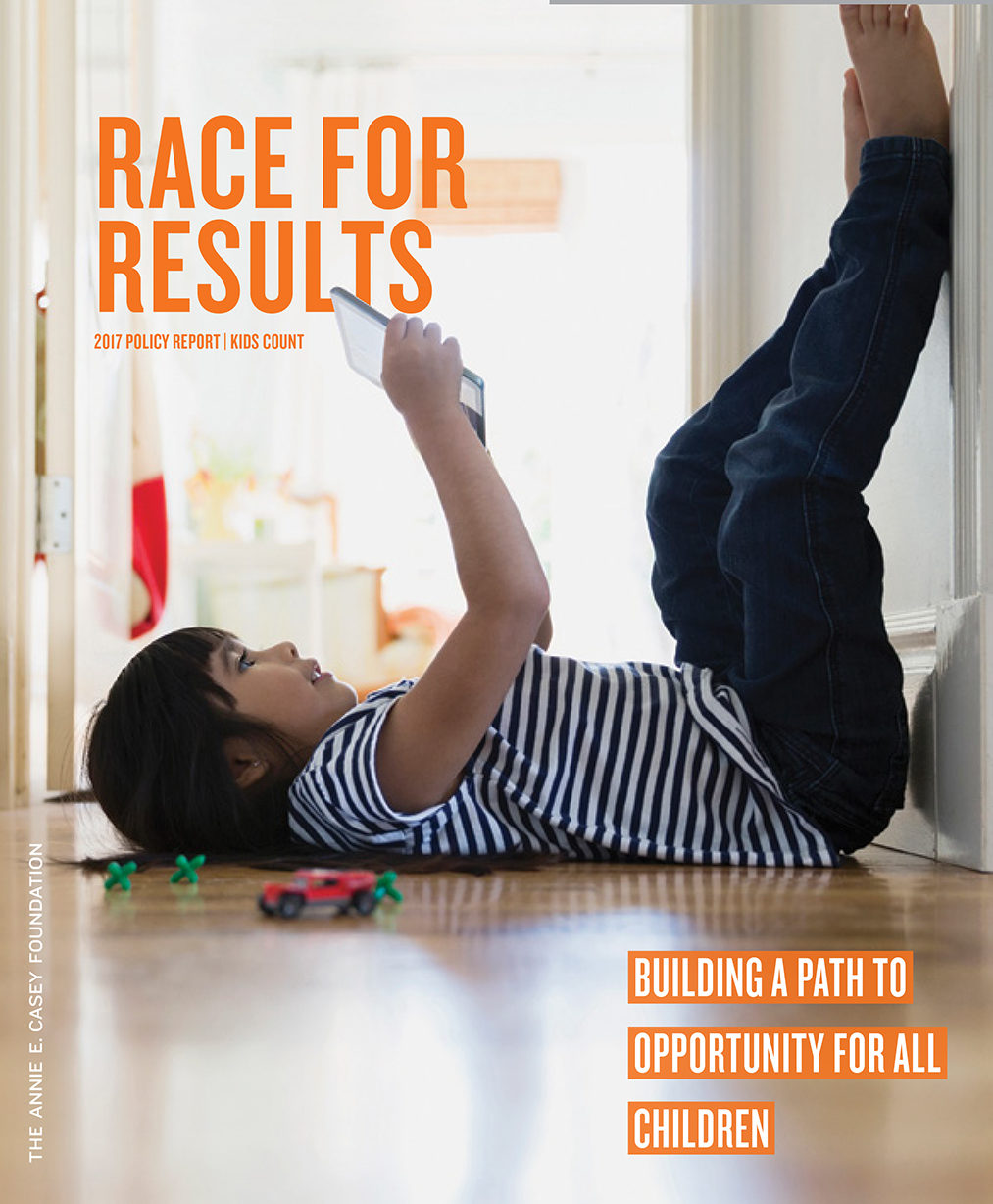WASHINGTON — The children of immigrants make up less than one-fourth of the nation’s youth population yet account for 30 percent of children living in poverty, a new report finds.
More than that, young black and brown Americans were worse off compared to white and Asian-American children, the Annie E. Casey Foundation said.
The foundation analyzed youth welfare along several axes, including education, health and economic indicators, to come up with an index of how well young people in various racial and ethnic groups were faring. Its findings are scheduled to be released today in a report called “Race for Results.”
“African-American children face some of the biggest barriers to success” in nearly every state, although the children of American Indians fared the worst in several states, the report said. American Indian youth in South Dakota had the worst welfare index score — 220 — of any ethnic group, the report found.
The welfare disparities stand in stark contrast to how minor the differences are between the family lives of immigrant children and native-born American youth:
- Eighty percent of immigrant youth live in two-parent households, compared to 65 percent of their American-born peers.
- About the same percentage (84) of foreign-born young adults were in school or working as native-born American young adults (85 percent).
- The children of immigrant families were nearly as likely to enroll in early-childhood education programs (59 percent) as native-born Americans (60 percent).
The report suggests that at least part of the welfare gap may be attributable to yawning education gaps among the youth population:
- Just 18 percent of American Indians, 22 percent of Latino and 27 percent of African-American young adults have completed an associate’s degree or higher, compared to 48 percent of young white adults and 68 percent of ethnic Asian-Americans.
- Only 8 percent of fourth-graders in immigrant families scored at or above “proficient” in reading in 2015, compared to 38 percent of American-born peers.
- By eighth grade, only 5 percent of youths in immigrant families were scoring at or above “proficient” in math, compared to 34 percent of American-born youths.
- Only 70 percent of children in immigrant families lived in households with at least one adult who had completed high school or higher, compared to 91 percent of children in American-born families.

Nonet Sykes
“The data make it clear: for children of color, a person’s race is a leading barrier to success in the United States,” said Nonet Sykes, the foundation's director of racial and ethnic equity and inclusion. “With children of immigrants and immigrant children comprising such a significant portion of the youth population and our future workforce, it is critically urgent that we ensure they grow up with access to the support and resources needed to thrive.”
The report calls on policymakers to focus on “keeping families together,” a robust financial and emotional investment in community education and health to “help children meet key developmental milestones” and to “increase opportunity for parents,” including paid family leave for the working poor.
